The newly inaugurated capital of Indonesia, Nusantara, has opened its doors to tourists for the first time, marking a significant milestone in the country’s ambitious plan to relocate its political and administrative center from Jakarta. Nestled in the lush landscapes of East Kalimantan on Borneo Island, Nusantara represents not just a shift in geography but a bold reimagining of urban development, sustainability, and national identity. The initial wave of visitors is being greeted with a mix of curiosity and excitement as they step into a city that is still very much under construction yet brimming with promise.
The decision to move the capital from Jakarta, a megacity plagued by congestion, pollution, and sinking land, to Nusantara was first announced by President Joko Widodo in 2019. The new capital is envisioned as a "smart, green, and sustainable city," designed to alleviate the burdens on Jakarta while fostering economic growth in underdeveloped regions of Indonesia. For now, the areas accessible to tourists include government complexes, cultural exhibits, and carefully curated showcases of the city’s future infrastructure. Guided tours offer glimpses into the architectural marvels and eco-friendly initiatives that will define Nusantara in the years to come.
A Glimpse into the Future
Walking through Nusantara’s designated tourist zones, visitors are met with a blend of modernity and tradition. The city’s master plan incorporates vast green spaces, renewable energy systems, and cutting-edge technology, all while paying homage to Indonesia’s rich cultural heritage. One of the highlights is the Presidential Palace, an architectural masterpiece that fuses contemporary design with traditional Indonesian elements. Nearby, the Nusantara Heritage Pavilion provides an immersive experience into the nation’s diverse cultures, from Sumatran textiles to Balinese dance performances.
Despite its unfinished state, the city’s vision is palpable. Solar panels line rooftops, electric vehicle charging stations dot the streets, and urban forests are being cultivated to ensure biodiversity. Officials emphasize that Nusantara is being built with resilience in mind, aiming to withstand the challenges of climate change that have made Jakarta increasingly vulnerable. For tourists, this is a rare opportunity to witness the birth of a capital city from the ground up—a living laboratory of innovation and sustainability.
Challenges and Skepticism
While the opening to tourists has generated enthusiasm, it has also reignited debates about the feasibility and cost of the project. Critics argue that the estimated $34 billion price tag could be better spent addressing pressing issues such as poverty, healthcare, and education in other parts of the country. Environmentalists, meanwhile, have raised concerns about the potential impact on Borneo’s rainforests and indigenous communities, despite government assurances of eco-conscious development.
For now, the influx of tourists is being carefully managed to avoid disrupting ongoing construction. Visitors are required to register in advance, and access is limited to specific zones to ensure safety. The government hopes that these early tours will not only showcase Nusantara’s potential but also attract investors and international interest. Whether the city can live up to its lofty aspirations remains to be seen, but for those who have walked its nascent streets, the sense of possibility is undeniable.
A Symbol of National Ambition
Beyond its practical functions, Nusantara is being positioned as a symbol of Indonesia’s future—a unifying project for a nation of over 17,000 islands and hundreds of ethnic groups. The name itself, derived from the Javanese term for "archipelago," reflects this vision of unity. As tourists explore the fledgling capital, they are not just witnessing the construction of a city but the shaping of a national identity that seeks to balance progress with tradition, globalization with local values.
The government has announced plans to gradually expand tourist access as more infrastructure is completed. By 2024, when the first phase of the relocation is expected to conclude, Nusantara aims to be a fully functional capital with government offices, residential areas, and world-class amenities. For now, those who visit are left with a tantalizing preview of what could become one of the most innovative cities of the 21st century—a testament to Indonesia’s ambition and its determination to redefine itself on the global stage.
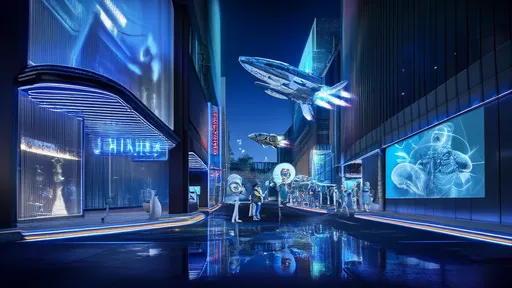
By /Aug 5, 2025
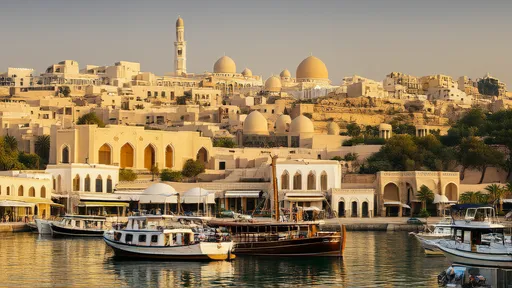
By /Aug 5, 2025

By /Aug 5, 2025
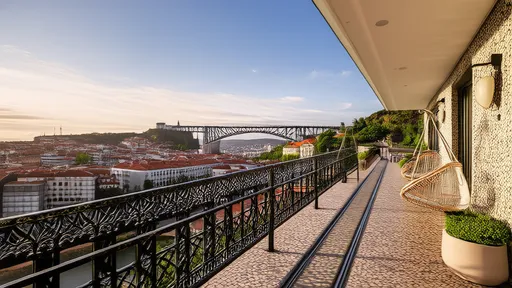
By /Aug 5, 2025

By /Aug 5, 2025
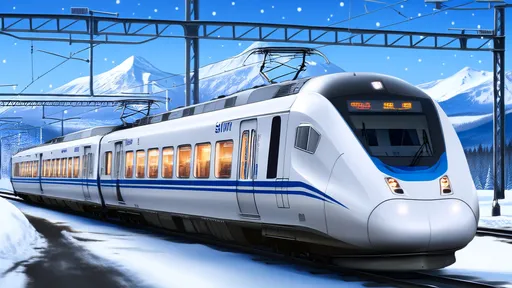
By /Aug 5, 2025

By /Aug 5, 2025
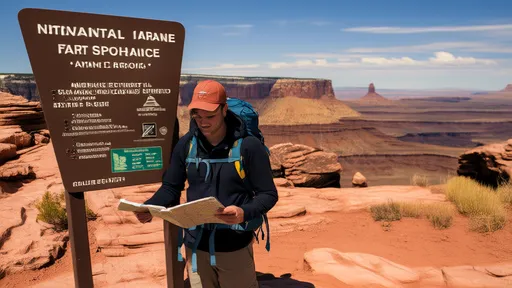
By /Aug 5, 2025
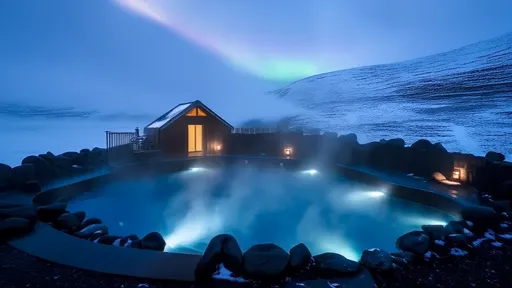
By /Aug 5, 2025
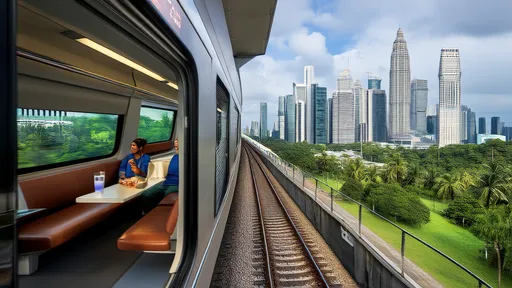
By /Aug 5, 2025
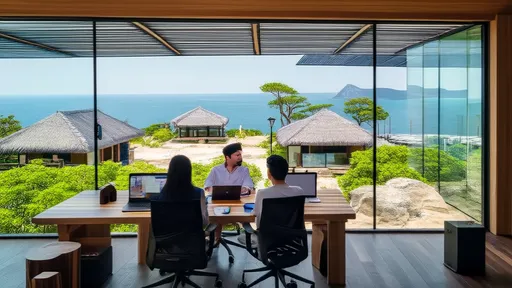
By /Aug 5, 2025
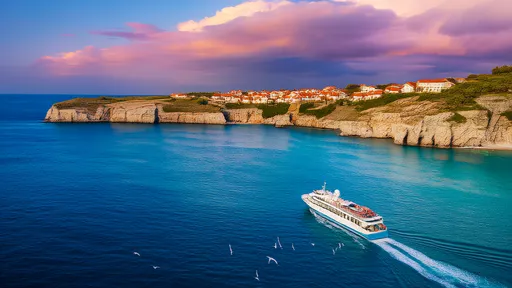
By /Aug 5, 2025
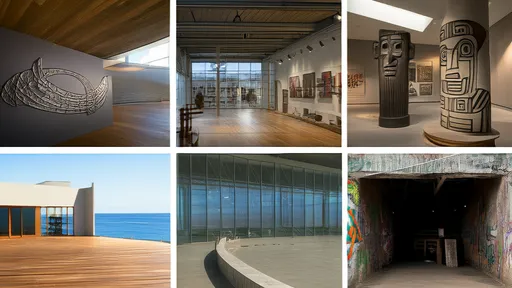
By /Aug 5, 2025
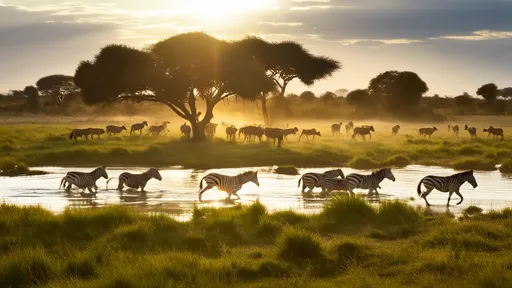
By /Aug 5, 2025

By /Aug 5, 2025

By /Aug 5, 2025

By /Aug 5, 2025
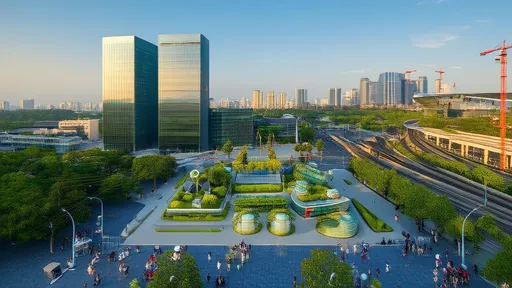
By /Aug 5, 2025
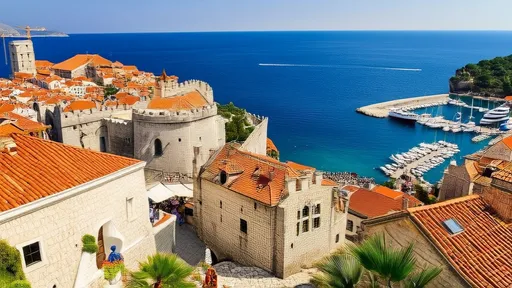
By /Aug 5, 2025
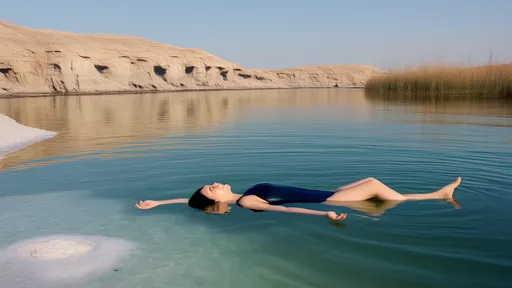
By /Aug 5, 2025